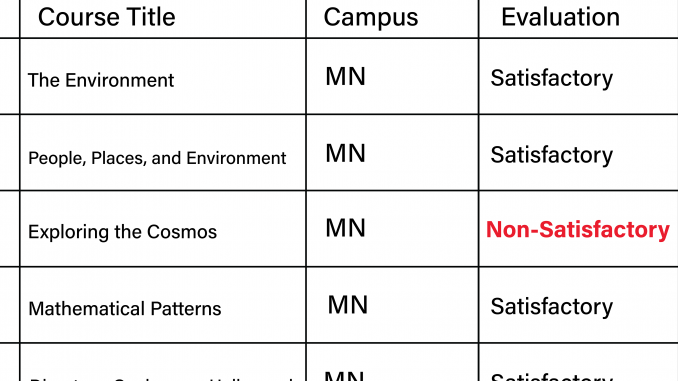
When my kinesiology professor told my class of more than 50 students that we’ll lose participation points if we don’t turn on our camera, I wondered why participation was being enforced as though we were in person.
While several of my professors adapted their attendance and participation policies when most classes moved online because of the COVID-19 pandemic, some still require participation every session.
Flexible attendance and participation policies are the new normals; attendance and participation shouldn’t be in the equation when professors are calculating final grades at the end of this semester. Because engagement is more difficult to achieve and assess now than ever, it shouldn’t count against students.
In July 2020, Temple implemented a temporary standardized attendance policy that requires professors to record attendance through Qwickly Attendance Pro, an online attendance system, for contact tracing. Students must inform professors if they are absent from class due to COVID-19, according to Temple Now.
Participation, which can include attendance, can be measured by showing up for class, adding to in-class discussions or completing worksheets based on the material. Depending on the size of the class and the subject matter, it can be a major component of a student’s final grade in many cases.
In Leah Bates’ four classes, participation counts for anywhere from five to 15 percent of her final grade, and her professors require her class to have their cameras on the whole time.
“My family is loud,” Bates said. “They are cooking and watching television and my cousins are running around in their diapers.”
Aside from students’ hectic home lives in the background, nonverbal cues on Zoom are different than in a classroom, said Julie Crocker, a senior public health major.
“I don’t want other people to see my room,” Crocker said. “If I have to pee, I’m obviously going to turn my camera off and leave without saying something as in an in-person class.”
Crocker’s participation grades, counting for as little as five percent to as large as 20 percent of her grade, include attendance, she said.
Critics argue participation grades favor outgoing students more than shy students and are prone to professor bias against women and students of color in white, male-dominated classes, Inside Higher Education reported.
In the age of online learning, researchers encourage professors to make cameras optional due to increased anxiety, competing obligations, privacy rights, unreliable Internet access and Zoom fatigue. The face-only format of online classes is draining and forces students to rely on verbal cues, the Conversation reported.
Matthew Helmus, an ecology professor, doesn’t require his students to turn on their cameras for participation. Instead, he uses platforms like Slack to facilitate discussion among students that counts toward participation.
“While I do like seeing students when their video is on because it mimics the feedback I get while in the classroom, there is no need for my students to turn on their cameras if they are not comfortable doing so,” Helmus said.
Canvas discussion boards, which were used before the pandemic, are a prime example of engaging students without having them actively participate. Polls on Zoom gauge comprehension of the material, and breakout rooms allow students to collaborate at a time when peer interaction is especially difficult.
Professors should take advantage of this technology and utilize alternative options for participation beside forcing stifled conversation and incentivizing behavior.
Ultimately, we are paying for this education, and it’s our decision if we want to engage.
“On campus, participation only works because we are kind of in a vacuum of education, like a dome with minimal hometown interference,” Bates said. “It’s crazy to ask for the same commitment from school when we’re back where we have the most responsibilities.”



Be the first to comment